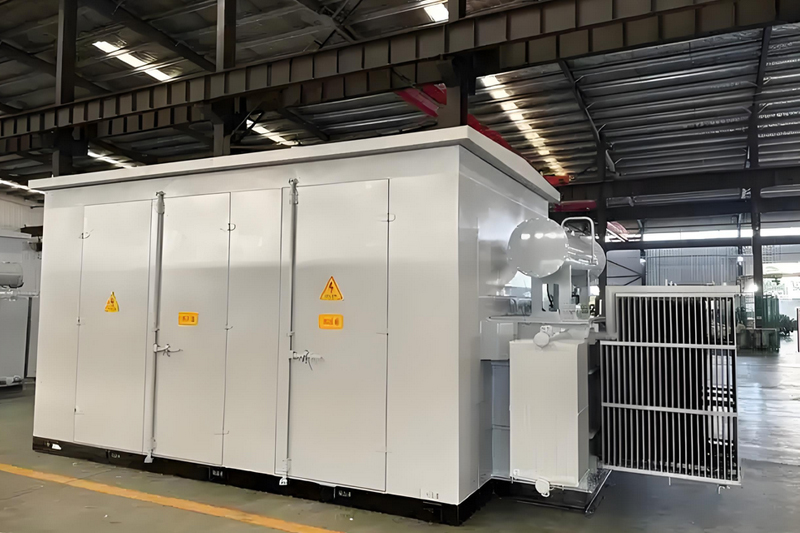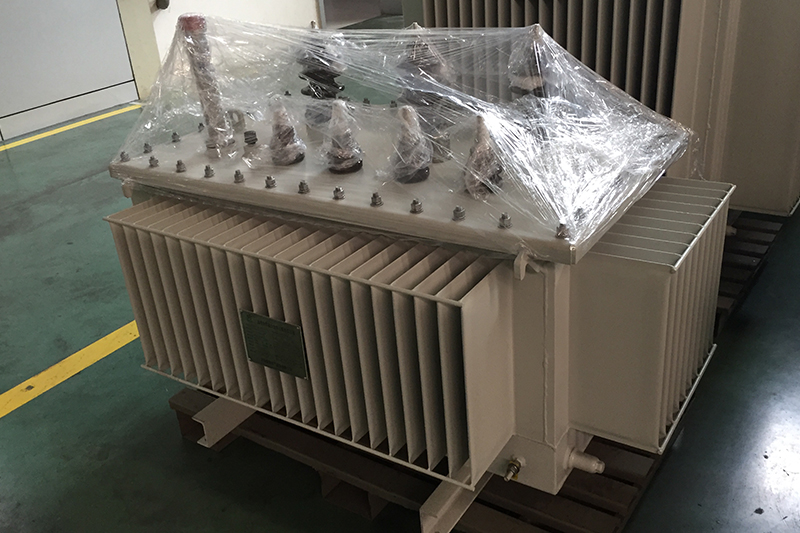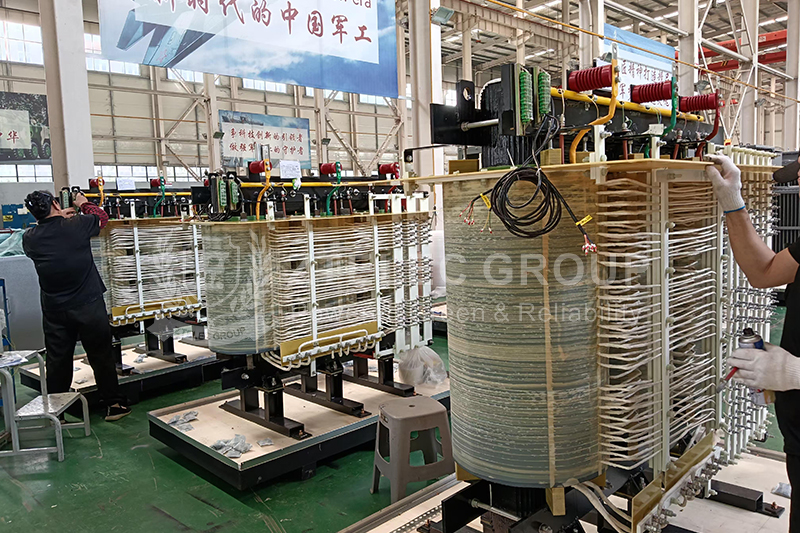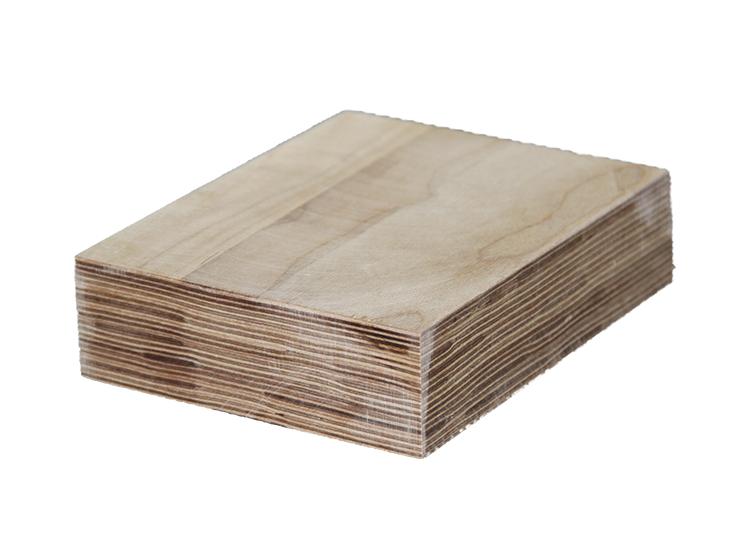High-Efficiency, Energy-Saving Substation Transformers Contribute to Green Grid Construction
As the core of modern power infrastructure, high-efficiency, energy-saving substation transformers play a key role in green grid construction. By adopting advanced materials, intelligent control technologies, and optimized design, these transformers significantly reduce energy losses in transmission and distribution, enhance system reliability, and support sustainable development. Both oil-immersed transformers and dry-type transformers can be designed with energy-saving technologies to meet different application requirements.

Traditional Transformer Loss Issues
Transformers generate two main types of losses during operation: no-load losses, caused by core magnetization, and load losses, caused by resistance in the windings. These losses represent a significant share of total grid energy loss, making transformer efficiency improvement critical for energy conservation and emission reduction.
Technical Features of High-Efficiency, Energy-Saving Transformers
Application of Low-Loss Materials: Advanced silicon steel sheets and amorphous alloys reduce no-load losses by 30%–70%. High-conductivity copper or aluminum windings, combined with optimized winding structures, further lower load losses. These improvements are applied in both oil-immersed transformers and dry-type transformers to boost overall efficiency.
Integration of Intelligent Control Technologies: On-load tap changers stabilize voltage in real time, while temperature sensors and optimized cooling systems minimize heat-related losses and extend equipment life.
Modular and Standardized Design: Prefabricated and standardized modules simplify installation and maintenance, reducing material waste and construction time by over 30%.
The Role of Energy-Saving Transformers in Green Grid Construction
Reducing Grid Losses: Large-scale deployment of high-efficiency transformers saves electricity and reduces CO2 emissions.
Improving Grid Economy and Reliability: Lower operating costs, reduced temperature rise, and higher overload capacity improve system safety and economics.
Adapting to Renewable Energy Integration: Their design accommodates fluctuations from solar and wind energy sources, whether using dry-type transformers for indoor safety-sensitive areas or oil-immersed transformers for high-capacity outdoor substations.
Supporting Intelligent Management: Real-time data monitoring enables condition-based maintenance and smart scheduling.
Promoting Environmental Protection: The use of eco-friendly insulating oil in oil-immersed transformers and recyclable materials in dry-type transformers reduces lifecycle environmental impact.

Policy and Market Support
International Standards: IEC 60076 defines transformer efficiency classes (IE1–IE4), while China’s GB 20052-2020 standard raises transformer efficiency to IE3 and above.
Financial Incentives: The EU provides subsidies for efficient transformers under the Ecodesign Directive, while China offers 10%–15% subsidies for IE3 products and includes them in government procurement programs.
Grid Company Assessments: Utilities, including State Grid Corporation of China, require all distribution transformers to meet IE3 standards by 2025, further accelerating adoption.
High-efficiency, energy-saving substation transformers are essential to green grid construction. By reducing losses, supporting renewable integration, and enabling intelligent operation, they provide reliable and eco-friendly power solutions. Both oil-immersed transformers and dry-type transformers can play important roles depending on the application scenario. Backed by international standards, government policies, and market demand, their large-scale adoption will accelerate energy conservation, emission reduction, and the intelligent transformation of the power system, helping build a low-carbon, safe, and efficient energy future.
- more+releated article
- 2025-10-21Application of K Factor Transformer
- 2025-10-21Detailed explanation about transformer model w
- 2025-10-2010kV Oil-Immersed Transformer Safety: Lightnin
- 2025-10-20What are The Advantages of Phenolic Cotton Clo
- 2025-10-17Are Three-Phase Isolation Dry-Type Transformer
- 2025-10-17G10 Epoxy Sheet: Choosing the Right Specificat
- 2025-10-1610kV Oil-Immersed Transformer Operation Inspec
- 2025-10-163240-B Epoxy Phenolic Glass Fiber Cloth Lamina
- 2025-10-15G10 Epoxy Sheet: The Preferred Insulation Mate
- 2025-10-15Analysis of Energy-Saving and Noise Control Te





